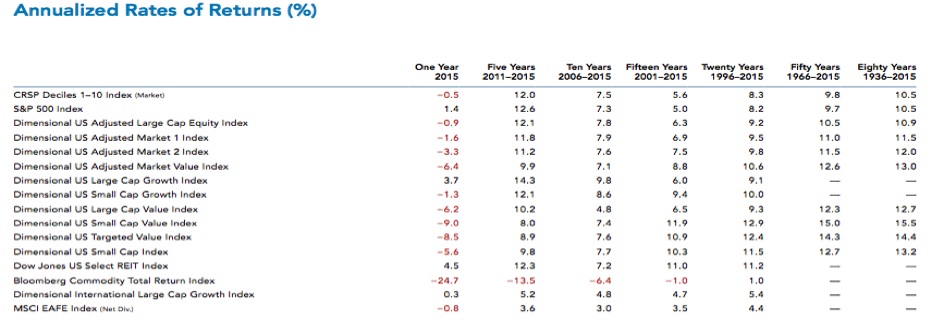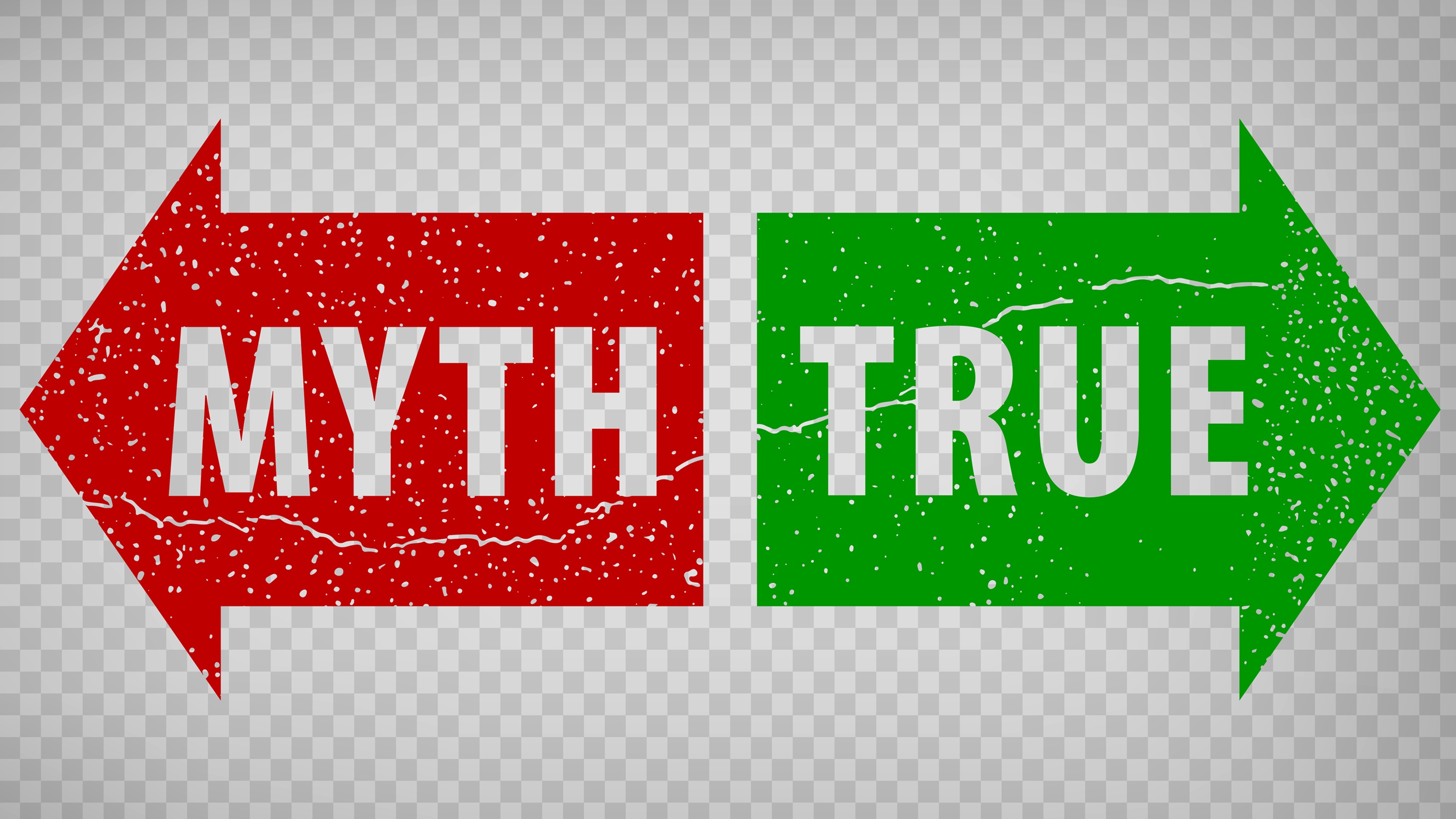What Rate of Return Can You Expect from Your Portfolio?
Your estimate can help you figure out what asset allocation best suits your risk tolerance and financial goals.

My last Kiplinger article introduced the latest book by Micahel J. Mauboussin, The Success Equation, in which he makes the argument that events in business, sports, investing and even life can be looked at as part skill and part luck. The trick is to figure out whether skill or luck has a larger impact in any particular activity.
The part of the book that interests me the most is the discussion of investing, and how it is an endeavor that involves a high degree of luck. So much so, in fact, that the influence of events outside of our control (luck) can overshadow skill, good processes and past strings of either good or bad results.
In such a situation, the author recommends following checklists and ensuring that a solid, repeatable process is followed. Before we can even begin to consider evaluating investments for implementation, we have to establish our goals.
From just $107.88 $24.99 for Kiplinger Personal Finance
Be a smarter, better informed investor.

Sign up for Kiplinger’s Free Newsletters
Profit and prosper with the best of expert advice on investing, taxes, retirement, personal finance and more - straight to your e-mail.
Profit and prosper with the best of expert advice - straight to your e-mail.
How do we do that? I propose the following procedure:
1. Determine the appropriate allocation (or diversification strategy) for your portfolio. My firm does this by evaluating a client's sensitivity to volatility (risk tolerance), using a state of the art tool called Riskalyze.
2. After getting a feel for your risk tolerance, consider other aspects of your life, such as career stability, stage of life (growth years, retirement, distribution, etc.), financial situation in terms of emergency funds, savings, debt, need to pay for education, etc. Then, make a determination about what your expected return needs to be. Should it be 6%, 8%, 11%?
3. A rate of return can be backfitted into your portfolio by using the latest estimates of what different asset classes have returned over a period of time, as well as inflation expectations and other factors.
To give you an idea of how subjective this is, and how a qualified fiduciary adviser can earn his or her keep, here's an excerpt from Dimensional Fund Advisors latest "Matrix Book," an invaluable resource for making informed decisions of this type:

As a back-of-the envelope estimate, let's go with the most recent 20 years and the following basic asset classes:
U.S. Stocks – S&P 500: 8.2%
International – MSCI EAFE: 4.4%
U.S. Small Cap – Dimensional US Small Cap Index: 11.5%
Bonds – Barclays US Aggregate Bond Index: 5.3%
Your expected return is going to equal the sum of the returns of each of the above benchmarks multiplied by its expected weight in your portfolio. For example, let's say your risk tolerance score recommends you build a balanced portfolio of 60% stocks and 40% bonds. Also, let's say that you've decided that 10% of the portfolio should be in small company stocks and 10% in international. Your expected overall return should be: 8.2% x 0.4 + 4.4% x 0.1 + 11.5% x 0.1 + 5.3% x 0.4 = 6.99%. That's before inflation, money management fees, etc.
Now we have a decision point. Is 6.99% appropriate for you? Or do you need more of a return? A case can be made that if you are in the growth stage of your career and income, the entire portfolio should be weighted toward large and small domestic stocks, which should significantly impact your returns (and also the volatility of the portfolio). Realize too, that there are many other asset classes we can consider&mdsah;emerging market stocks, different classifications such as growth, value, or blend, mid-cap stocks, commodities, real estate, "smart beta", etc. These may add incremental returns to our portfolio, depending on the type of asset.
If you're happy with the return expectations using only indexes and benchmarks to guide you, a passive indexing approach may suit your needs just fine. You will minimize one component of portfolio drag—expenses, as most index funds and exchange-traded funds will have overall expense ratios of 0.5% or less.
Whatever your needs, this process can help you make better decisions when choosing mutual funds and ETFs. You can even crunch your own numbers, using the Portfolio Expected Returns Calculator I've created.
Doug Kinsey is a partner in Artifex Financial Group, a fee-only financial planning and investment management firm based in Dayton, Ohio.
Profit and prosper with the best of Kiplinger's advice on investing, taxes, retirement, personal finance and much more. Delivered daily. Enter your email in the box and click Sign Me Up.

Doug Kinsey is a partner in Artifex Financial Group, a fee-only financial planning and investment management firm in Dayton, Ohio. Doug has over 25 years experience in financial services, and has been a CFP® certificant since 1999. Additionally, he holds the Accredited Investment Fiduciary (AIF®) certification as well as Certified Investment Management Analyst. He received his undergraduate degree from The Ohio State University and his Master's in Management from Harvard University.
-
 Dow Adds 472 Points After September CPI: Stock Market Today
Dow Adds 472 Points After September CPI: Stock Market TodayIBM and Advanced Micro Devices created tailwinds for the main indexes after scoring a major quantum-computing win.
-
 October Fed Meeting: Live Updates and Commentary
October Fed Meeting: Live Updates and CommentaryThe October Fed meeting is a key economic event, with Wall Street waiting to see what Fed Chair Powell & Co. will do about interest rates.
-
 Ten Ways Family Offices Can Build Resilience in a Volatile World
Ten Ways Family Offices Can Build Resilience in a Volatile WorldFamily offices are shifting their global investment priorities and goals in the face of uncertainty, volatile markets and the influence of younger generations.
-
 I'm a Wealth Adviser: These Are the Pros and Cons of Alternative Investments in Workplace Retirement Accounts
I'm a Wealth Adviser: These Are the Pros and Cons of Alternative Investments in Workplace Retirement AccountsWhile alternatives offer diversification and higher potential returns, including them in your workplace retirement plan would require careful consideration.
-
 The Rubber Duck Rule of Retirement Tax Planning
The Rubber Duck Rule of Retirement Tax PlanningRetirement Taxes How can you identify gaps and hidden assumptions in your tax plan for retirement? The solution may be stranger than you think.
-
 I'm a Financial Planner: If You're Within 10 Years of Retiring, Do This Today
I'm a Financial Planner: If You're Within 10 Years of Retiring, Do This TodayDon't want to run out of money in retirement? You need a retirement plan that accounts for income, market risk, taxes and more. Don't regret putting it off.
-
 Five Keys to Retirement Happiness That Have Nothing to Do With Money
Five Keys to Retirement Happiness That Have Nothing to Do With MoneyConsider how your housing needs will change, what you'll do with your time, maintaining social connections and keeping mentally and physically fit.
-
 Treat Home Equity Like Other Investments in Your Retirement Plan: Look at Its Track Record
Treat Home Equity Like Other Investments in Your Retirement Plan: Look at Its Track RecordHomeowners who are considering using home equity in their retirement plan can analyze it like they do their other investments. Here's how.
-
 Financial Fact vs Fiction: The Truth About Social Security Entitlement (and Reverse Mortgages' Bad Rap)
Financial Fact vs Fiction: The Truth About Social Security Entitlement (and Reverse Mortgages' Bad Rap)Despite the 'entitlement' moniker, Social Security and Medicare are both benefits that workers earn. And reverse mortgages can be a strategic tool for certain people. Plus, we're setting the record straight on three other myths.
-
 Medicare Open Enrollment: Why You Need to Pay Extra Attention to Part D, From a Financial Adviser
Medicare Open Enrollment: Why You Need to Pay Extra Attention to Part D, From a Financial AdviserThe lowest premium for prescription drug coverage might not actually save you the most money. Make sure you take copays into consideration and do the math.